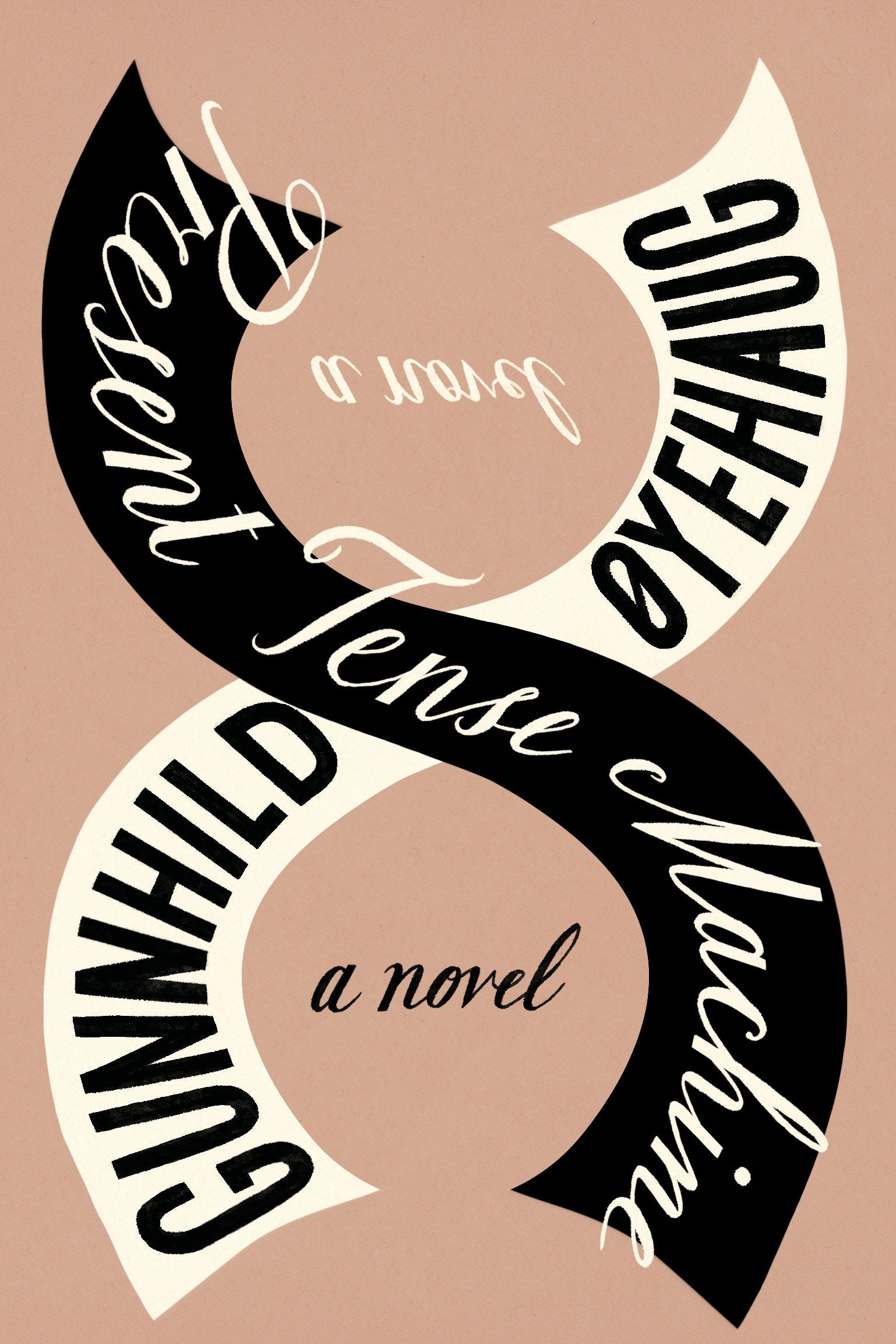This month we welcome ANACAONA ROCIO MILAGRO, whose “Nine Twelve Poem” appears in our new print issue.
Anacaona Rocio Milagro is a poet born, raised and living in New York City, uptown Manhattan’s Washington Heights. Writing poetry since the age of four, she earned an MFA in Poetry at NYU’s Low Residency program in Paris, an MPH at Columbia University, and a BA with a double-major in Social Anthropology and Journalism/Creative Writing, and a minor in Art from Baruch College/CUNY BA Program. Her “Nine Eleven Poem” is now part of the Smithsonian Museum’s 9/11 archives. Her poetry has been published in The BreakBeat Poets Latinext Anthology, Narrative Magazine, LitHub, Oh Dear Magazine, and Raising Mothers to name a few. Her poem “Stillmatic” was released as a spokenword/Hip-Hop/Jazz single on all streaming platforms. Her father is from the Dominican Republic and her mother is from St. Thomas, The U.S. Virgin Islands. She is the single mother of two—Nirvana Sky and Zion.









